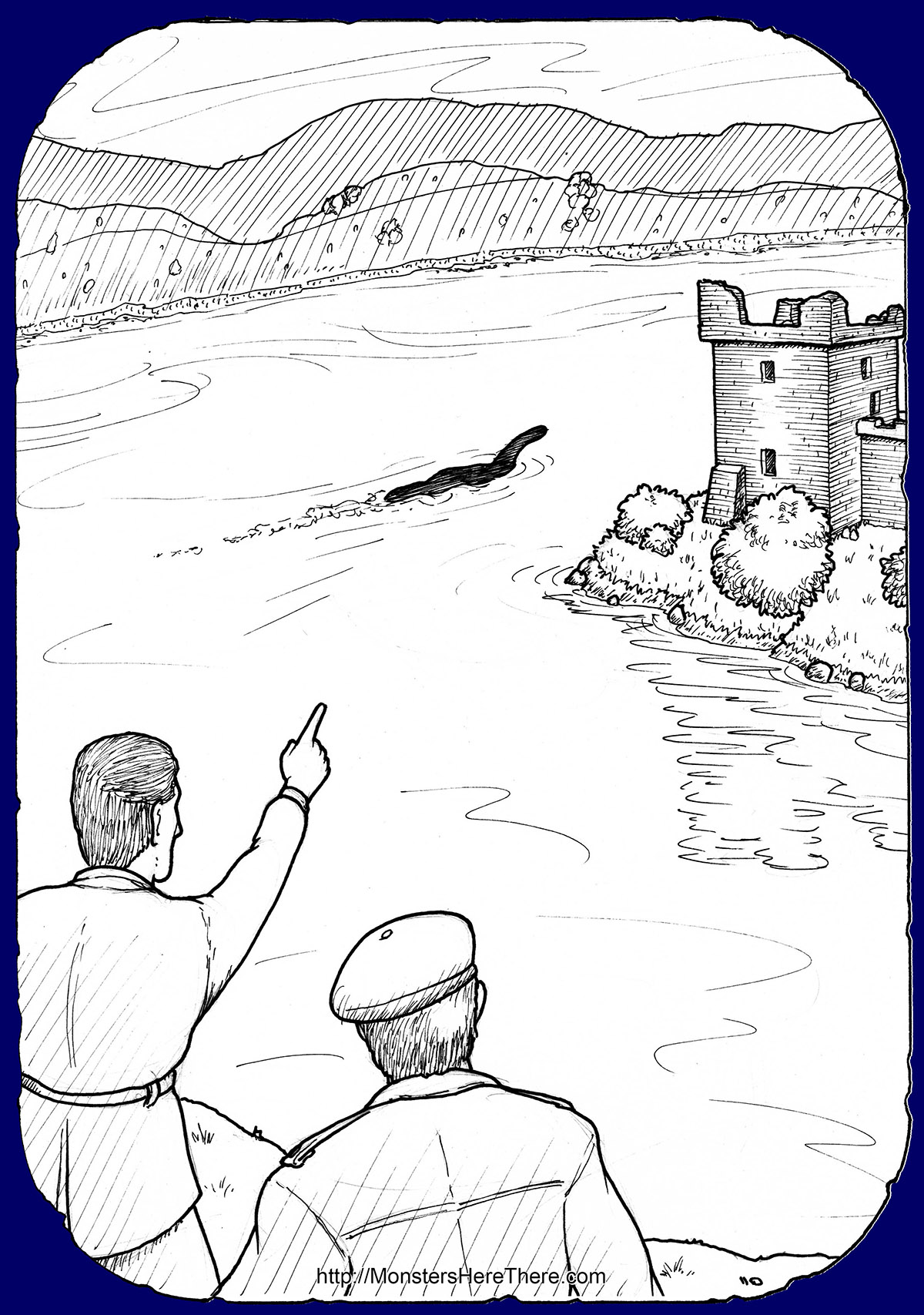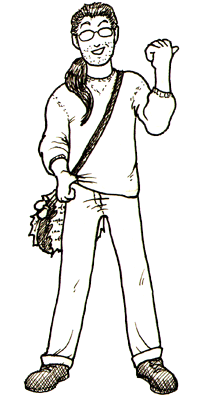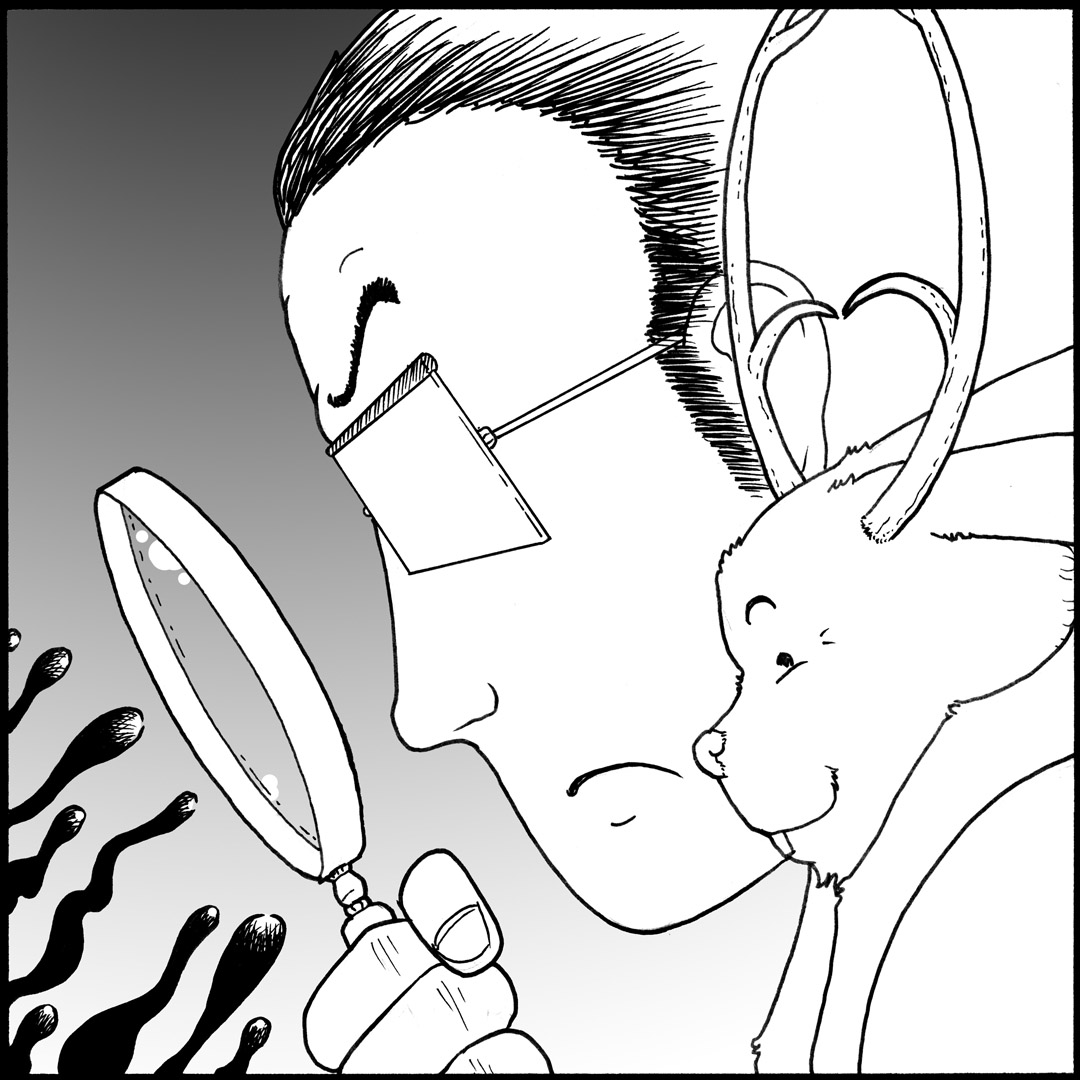Area(s) Reported: Europe: Scotland: Loch Ness
Date(s) Reported: 1930 to Present
Many people think that there is something strange living in Loch Ness, the largest freshwater lake in Scotland; for years people have been reporting sightings in and out of the water of a large, unknown animal. The proposed creature, playfully dubbed “Nessie” by locals, has been in the worldwide eye since the 1930’s when reports of the creature were first printed in non-local newspapers; since that time, hundreds of sightings have been reported. This all seems to have started with the opening of a new road along the north shore of the lake in 1933, leading to an increase in the number of people who could see something unusual in the water... but the increase in outside attention also exposed the fact that people living near the lake had been seeing something strange in it since at least 1871. A typical example of the sort of thing people claim to see in the lake happened when the new north road was less than a month old. On the afternoon of April 14th, 1933, Mr. and Mrs. John Mackay stopped their car to watch a large something swim across the lake. What they saw appeared to be the back of an enormous submerged creature, which had two distinct humps... after swimming across the lake, the thing turned and disappeared beneath the waves. Loch Ness is twenty miles long, one mile across at its widest point, and half a mile deep at its deepest spot. The water is very murky, making any view through it of more than a few feet impossible... so the lake has plenty of places for a large animal, or a small colony of them, to hide. Many people have come forward with what they claim to be photographs of the creature, but most are unclear, or just show a strange moving hump in the water. A small number of these show what appears to be a large body with a long neck and tiny head, which matches well with many of the witness descriptions of the beast. A surviving dinosaur? Many of these descriptions of the Loch Ness Monster ― or monsters, as there are also sightings of more than one beast at the same time ― state it is about thirty feet long, has dark gray or greenish skin, and a long neck with a small head. 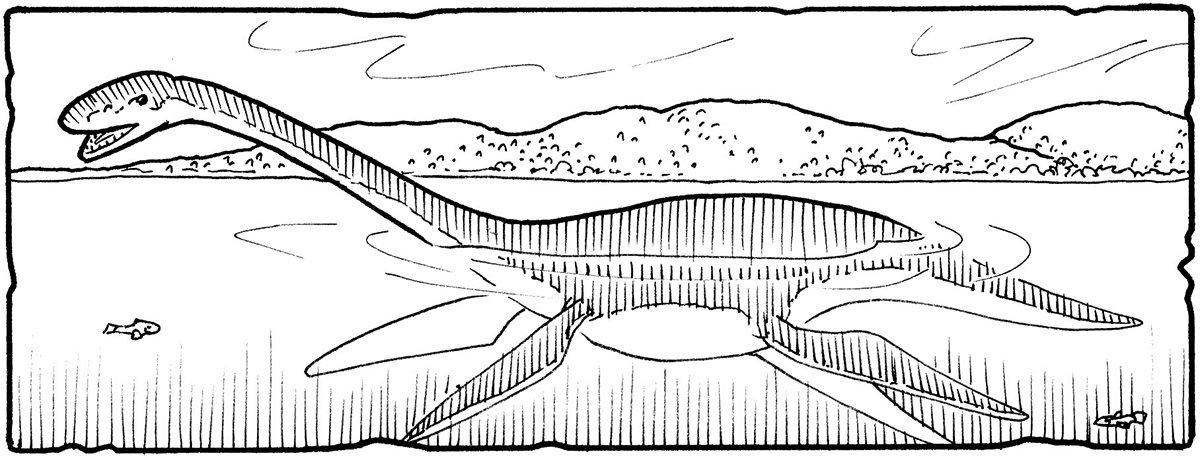
This description has led many researchers to believe that Loch Ness may contain a surviving colony of Plesiosaurs, a supposedly extinct ocean-dwelling dinosaur with similarities to the above description. This description, however, is a composite of varying descriptions reported over many years. Many people only report seeing large dark humps or bumps traveling through the water before sinking out of sight; these are generally assumed to be the back of a large animal as it skims the surface of the lake. Miss C. MacDonald witnessed this on October 22, 1933, around 12:45 in the afternoon, when she saw a dark hump moving through the waters of the lake fast enough that it created a large ripple ahead of it and a wake of white foam behind it. Others people have reported seeing what they describe as a long neck with a realatively small head at the end poking up out of the lake. 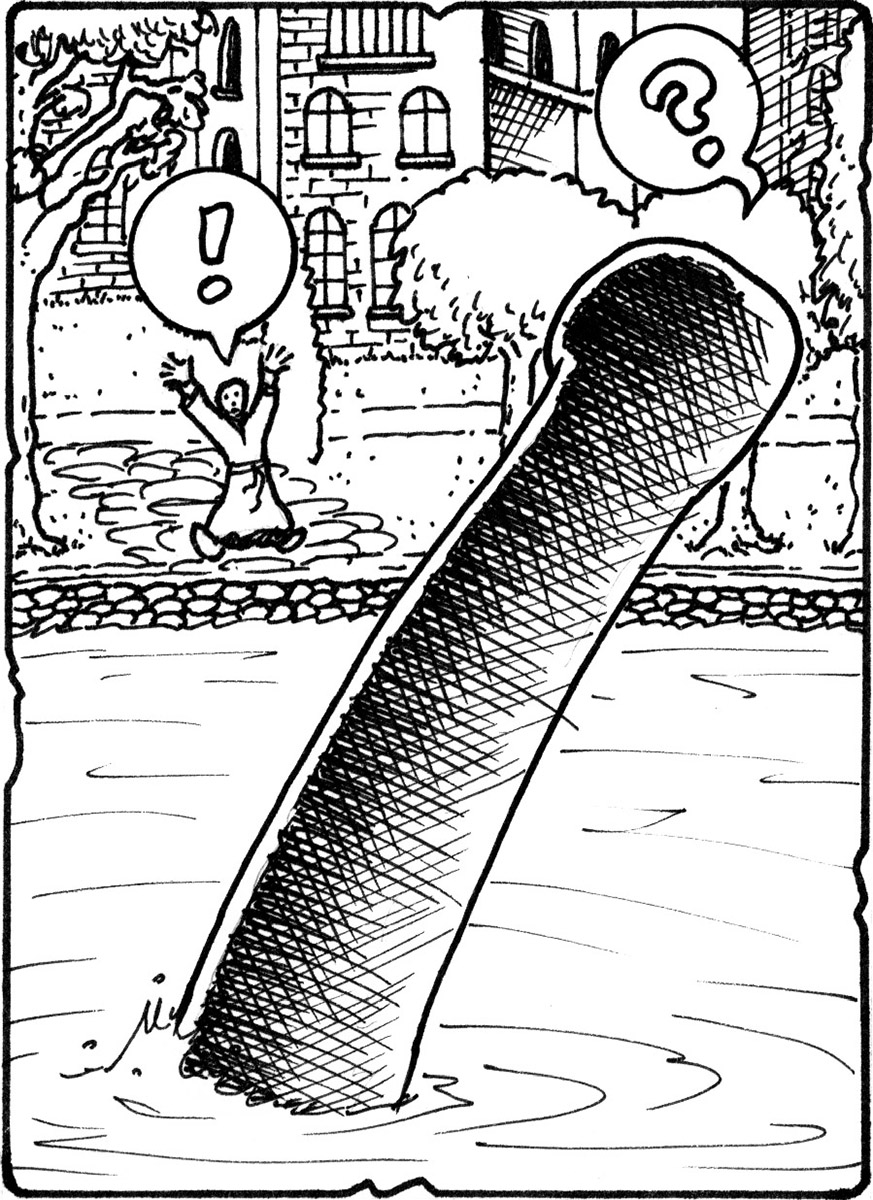
For example, on May 26, 1934, Brother Richard Horan of St. Benedict’s Abbey, the grounds of which look out over Loch Ness, stated that he had seen and watched a strange animal in the lake for twenty minutes. He claimed to have seen a long neck and head sticking out of the water at a 45-degree angle; the head had a snub nose, and the underpart of the neck was silvery in color, blending into black on the sides of the creature. Other descriptions of the creature, however, are just weird. The best known such unusual report happened on the afternoon of July 22, 1933, when Mr. and Mrs. George Spicer were driving on the eastern coast of Loch Ness. They saw a strange, gray shape moving across the road ahead of them heading towards the lake; due to the slope of the road they couldn’t see if the thing had any legs, but it moved forward in 'jerks and arches.' 
It was about 25 feet long, elephant-gray in color, with a long “neck” undulating in the direction of the lake; the end of this neck was obscured from view before the Spicer’s car got near. The creature appeared to have something on its back, which was later assumed to be just the visible part of a tail hidden behind its body. The thing soon disappeared into the underbrush by the road headed towards the lake. Overall, the Spicers described the creature they saw as being like a “huge snail with a long neck!” A History of Scottish Lake Monsters There are not many records of monster sightings in Loch Ness previous to 1871. An encounter with a monster in the 6th Century by St. Columba is commonly believed to be the first historic record of the Loch Ness Monster, but St. Columba’s encounter actually happened in the river connecting Loch Ness to the ocean, so the creature the saint defeated likely isn’t an example of an encounter with the lake’s beast. There are, however, many reports of creatures that resemble the descriptions given of the Loch Ness Monster, but in different Scottish lakes. Generally called “water-cows” or “water-bulls,” fantastic tales have been told of them... but if the more spectacular details are ignored, then a core description of these beasts is that they look like “a good sized boat, with the keel turned up”... in short, like a big hump moving around in the middle of the lakes. Water-bulls were said to be inhabiting Loch Awe and Loch Rannoch, and in 1840 a water-cow was believed to be inhabiting Loch-na-Beiste (Scottish for “Lake of the Beast”) on Greenstone Point in the Gairloch parish of Scotland... and as late as 1884, there were still sightings of a water-cow inhabiting a different lake in the same area. 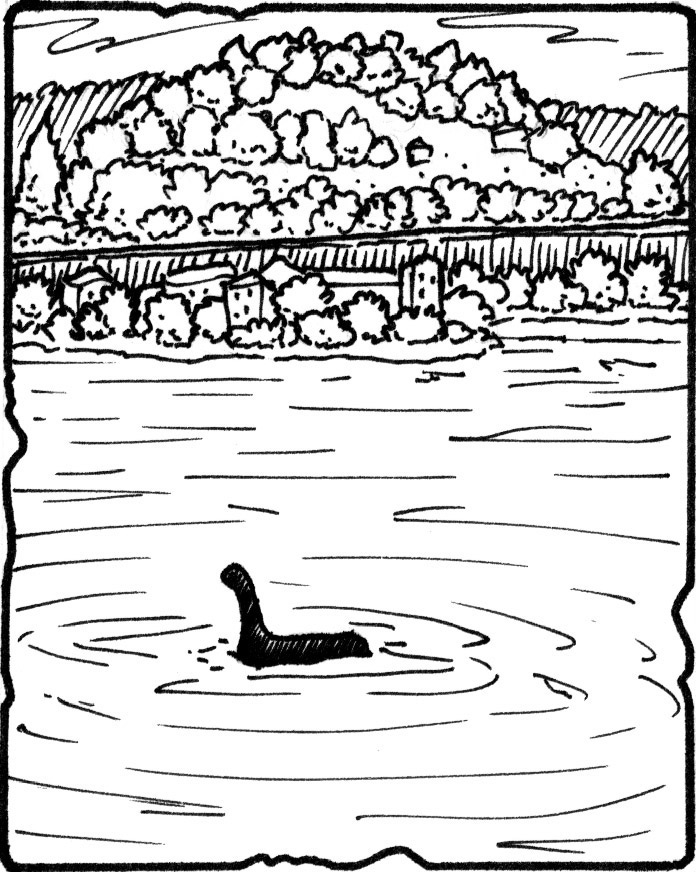
This raises some interesting questions. Is the current Loch Ness Monster related to these earlier reports from other lakes? Or are the current reports just mistaken sightings of normal objects being confused with the older water-cow legends? Or is it an entirely different, yet unknown, thing? Exactly what, if anything, is in Loch Ness? | 